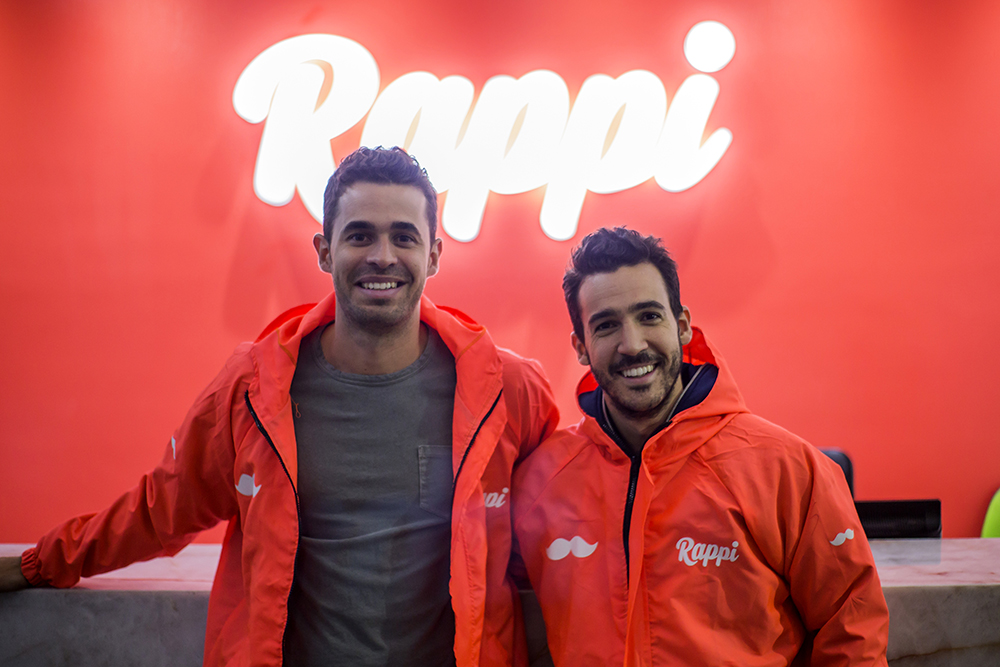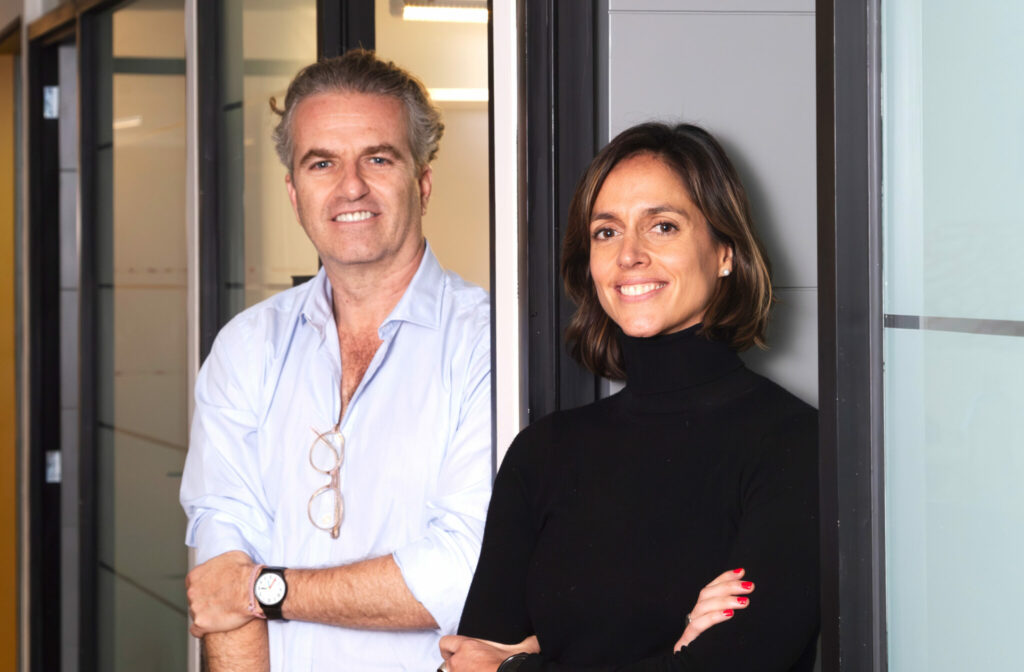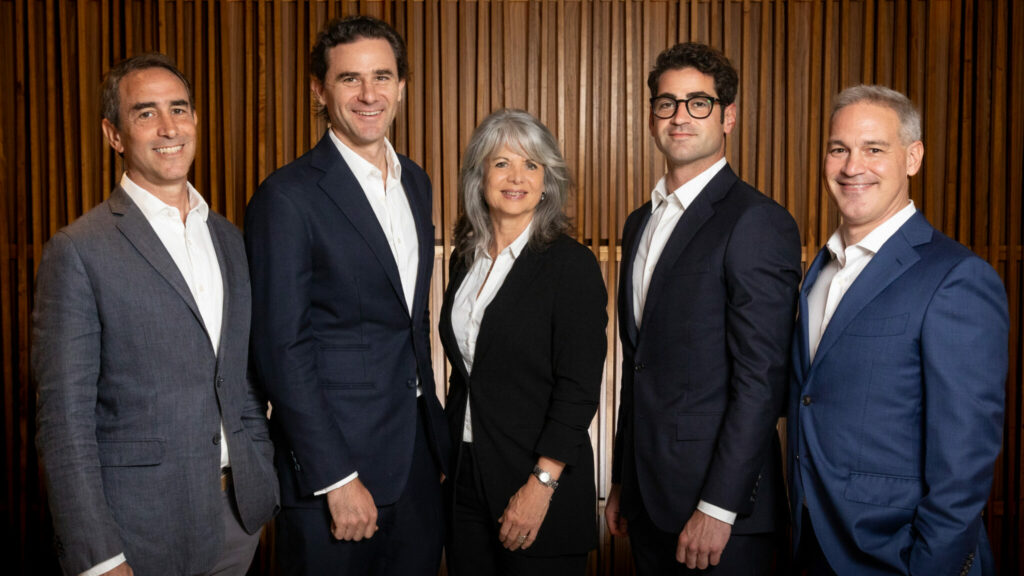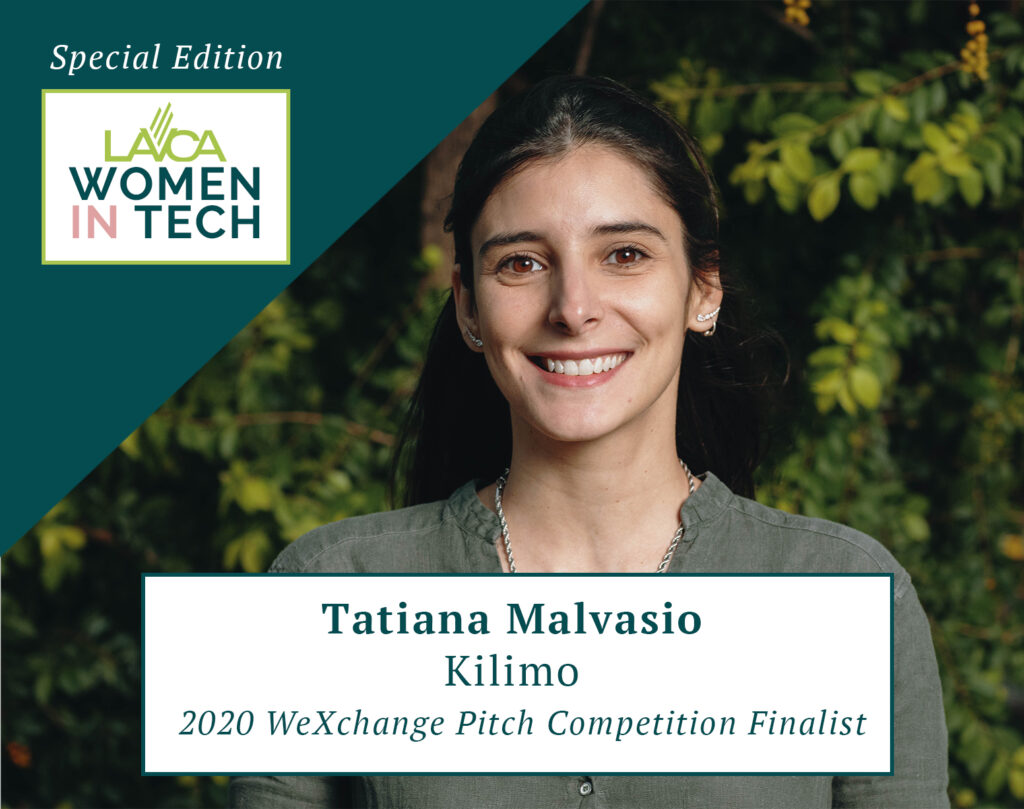Entrepreneur Profiles
Entrepreneur Profile: Simón Borrero, Co-founder & CEO, Rappi
1 December 2016

After raising capital from local investors, Colombian delivery startup Rappi, co-founded by Simón Borrero, Sebastian Mejia, and Felipe Villamarin, raised over US$9m from international VCs in April 2016. Investors included monashees+, in their first Colombian investment; and Andreessen Horowitz, one of the biggest names in American venture capital, in their first investment in a Latin American startup.
Rappi’s model selectively borrowed from existing on-demand models in the US and Asia to create a startup that has serious advantages over its American counterparts, including profitability on every delivery they make. They’re also taking a multi-vertical approach, delivering everything from cookies to cash; offering services from dog walking to on-demand manicurists; and striking exclusive delivery partnerships with the likes of retail companies and PlayStation.
In this interview with Rappi Co-founder and CEO Simón Borrero, we’ll explore:
- Why on-demand delivery works better in emerging markets
- How they convinced Andreessen Horowitz to invest
- How they look at Rappi as a tool for social inclusion
LAVCA: Rappi has over 80,000 monthly active users in Mexico and Colombia. How did you get your first 100?
Borrero: Last year we were four guys giving away donuts in the streets for downloads. If you wanted a free doughnut, you had to download the app. Rappi started like that in a five block radius in Bogotá, Colombia. It works because it’s hyper local. We mapped everything that was around: all the restaurants, ice cream shops, pharmacies, groceries, and you can get anything delivered for a dollar or so in minutes. Imagine if you guys in the US could use Postmates or Door Dash for a dollar. You would order everything.
We started growing a lot, and we got into Y Combinator. Then we closed our Seed round from Andreessen Horowitz, monashees+, Foundation Capital, Floodgate, and FJ-Labs (Fabrice Grinda and Jose Marin). Since then we’ve been scaling. We’re growing at a 35% monthly rate in terms of GMV (gross merchandise volume) and sold about US$4m in GMV in October.
We’re only in Mexico and Colombia for now. Rappi is really popular in these markets because we can get you anything, including cash. And about 5% of our GMV each month is people using Rappi to make cash withdrawals.
LAVCA: That’s a lot of things in one.
Borrero: We see a big opportunity to become the home screen app of Latin America. There’s a big difference versus the US, where you have an app for vegetarian lunch, and another app for vegan lunch. In Latin America, people don’t have space for all of those apps. They erase apps to have more capacity for photos or videos on their phone.
In that sense, Rappi is more similar to the Asian model, like Go-Jek or WeChat, which is a home screen app that you use for everything. And unlike most of the on-demand delivery services in the US, we make money on every delivery, even when we deliver a single cookie (although our average order size is US$16). You need unit economic profitability across all zones.
LAVCA: You told Fortune you think the on-demand delivery model works better in emerging markets. Why?
Borrero: First, because delivery is less expensive. In the US, products are cheap and labor is expensive; in Latin America, products are expensive and labor is cheap, so it makes more sense.
We think that if Amazon would have started Latin American right now, they would have started doing high frequency verticals, like groceries and restaurants; designing for mobile first, and building their own logistics. Even delivering the mail is a challenge in most of Latin America. You have to go physically to the bank to pay your taxes or to pay your electricity bill. Rappi now does that for users. We go and pick up the electricity bill and go on and pay it for them.
We’re also becoming a platform for other services, and that’s really interesting. For example, we are starting to offer on-demand manicures through Rappi. There was a big group of manicurists who were launching an app, and they killed the project and decided to use Rappi instead. More verticals means more frequency, that means more density, resulting in cheaper and faster deliveries.
Another opportunity that is unique to Latin American is to deliver money. In Mexico and Colombia, only 15% of people have a credit card, so people are more dependent on cash. Brazil is a little better, but not much. In addition to having Rappi go to the ATM for you, people are starting to use Rappi Cash to send money to other people.
Other companies are looking at Rappi as the network to be able to sell and collect in cash. One of the biggest banks in Colombia is now sponsoring Rappi Cash, so if you want money from that bank, we’ll deliver it at no cost to your office or house.
LAVCA: How do you balance the tension between locking customers in on multiple products, like Amazon, and staying focused and not trying to spread yourself too thin?
Borrero: Doing a lot of verticals is more efficient for us. For example, the peak hours of the on demand restaurant apps. They have a high peak and they go down to nothing, and then they go up at night again. That’s really inefficient for the model, and doesn’t work well for people who want to earn money the whole day. Rappi sells lunch, but in the afternoon we deliver medicine, doughnuts, cookies, and at night, groceries. We deliver 24 hours a day. We are focused on building a really dense and efficient delivery network with a payment layer on top that. By doing this we are helping offline commerce connect to users within cities. For our couriers it is the same to deliver medicines, groceries, burgers, or cash. And for our users it is a blessing to have one app to help them with all their daily needs.
LAVCA: How many cities are you in?
Borrero: We’re in four cities in Colombia and in Mexico City. Rappi works because it’s hyper-local: most deliveries are less than a mile.
LAVCA: Mexico City is Uber’s busiest city globally. What’s your experience there?
Borrero: Mexico City is an amazing city and an amazing opportunity for Rappi. People need someone who connects them to all the retailers. We’re particularly interested in Mexico City, and we are definitely going to Brazil as well. São Paulo is a perfect city for Rappi.
LAVCA: Who are your competitors?
Borrero: We have competitors in every vertical, but we don’t have any competitors providing all the different services we do. We have the GrubHubs of Colombia, Mexico, and Brazil; Domicilios.com in Colombia; SinDelantal in Mexico; and then we have the Instacart copycats, like CornerShop.
The opportunity is to become the new “everything store” in Latin America. Amazon hasn’t been successful in the “every day purchases” in LatAm because they don’t have an efficient logistics partner in the region, and they haven’t built out their own delivery network because every country in the region is very different. We have the head start.
LAVCA: Tell us about your history of funding.
Borrero: We put in our own money that we had earned from licensing online shopping software to big retailers. We also got support from friends and family and important local players in February. After Y Combinator we closed the Seed round I mentioned previously. YC was amazing, partners like Jared Friedman, Aaron Harris, and Dalton Caldwell were very generous with us and taught us a lot. We didn’t have any experience or relationships in the Valley until then.
LAVCA: We’re starting to see big names in American VC investing in Latin American startups, but it appears to be less of a geographical strategy than an opportunistic one. How did you explain the opportunity to Andreessen and other US VCs?
Borrero: We were very lucky to have the opportunity to work with Jeff Jordan from A16z. He probably has the most experience and knowledge of marketplaces in the world. He is also an amazing leader, very human and focused in great teams. We talked about Latin America as an emerging market versus India. Latin America has twice the GDP as India, and it has 5x the GDP per capita of India. We also have more people living in dense cities — over 200 million Latin Americans live in cities of over 2 million residents.
Probably the most interesting reframe for American investors is in terms of democratizing ecommerce for Latin America by collecting cash and enabling peer to peer cash transfers. A year ago when we were trying to raise some money, investors looked at the ecommerce numbers and said, “this is too small for us.” We tried to convince them this is not ecommerce, because ecommerce at that point was only for people that have a credit card. This is m-commerce, with cash payments and it’s for everyone. Latin America is making that leap straight to Rappi.
LAVCA: Do you have any thoughts on Rappi as a tool for social inclusion, given that half of the Latin American population is still offline and unbanked?
Borrero: In terms of our audience, it’s not just the upper class using Rappi. It’s the middle class and up. It’s very important that we don’t mark up the prices.
In terms of our couriers, we work really hard to make our Rappi couriers and shoppers feel proud to be a part of this revolution. Delivery people were often ignored. In Bogotá when you see a Rappi courier riding, you can notice people honking and saying hi. They’re becoming respected people in each community.
We are also trying to rescue the tendero de barrio — the guys who make a living from mom and pop shops. They were the most respected people in their neighborhood. They were honest people who sometimes lent money to their clients. People depended on them for a lot of small things. They knew everyone in the neighborhood, they helped them, and then cities got really big and people became disconnected. Rappi and its employees are becoming the people who help the neighborhood. We worked really hard on that, and they feel it, so they wear their jacket with pride.
A point on social inclusion: In high school we learned that if we built a road between two small towns or cities, just by connecting them, we improve their wellness and GDP. Cities are once again disconnected, because residents don’t have time to move around. We look at every Rappi courier as a little bridge between people, between entrepreneurs, between markets, and we are seeing a lot of transactions that would have otherwise never happened. For example, if you want a cookie right now, you’re not going to just go out for one cookie. With Rappi, you actually order a cookie and have it in ten minutes. We’re seeing a lot of hyperlocal transactions that are happening just building those bridges.
One last point is that we are focused on bringing local micro-entrepreneurs onto the platform. We started with a community of twenty women entrepreneurs selling their products on Rappi; now we have over 500 micro-entrepreneurs on the platform. They use something called Rappi Code, which is kind of a hashtag where you can go to Rappi put in the code, and go straight to their store in the app. If you give a small entrepreneur the ability to sell to the whole city and to have thirty minute deliveries, they will grow a lot faster.
LAVCA: Are you looking at anything that Uber or UberEats is doing, or learning anything from how they’ve deployed some of their projects? Is Uber a reference for Rappi?
Borrero: We have a lot of respect for Uber, they are a great example of innovation. We have learned a lot from them in terms of execution and speed. But we have also learned from their mistakes. We don’t have legal issues in any city and we have great relationships with the government and community. For Uber, UberEats makes sense if they can use their same car network. It makes the service expensive and it only makes sense for the upper 10% of the population. We are all about bikes and scooters. If they copy us it is going to be hard for them to make that whole new network profitable only delivering from restaurants.
We have worked a lot on building a “love” brand. We are friendly to everyone and want to be an example that Latin Americans can create amazing companies building on our own culture. People in LatAm look at Uber as a big corporation that uses people in the short term while they work on their self-driving cars. We’re trying to do the contrary, we empower people, we’re building a community of people who like to serve others and we are always putting our couriers first in terms of our plans for the future.
You may be interested in...
-

Is AI a Thing in Latin America? In Conversation with Hi Ventures
LAVCA sits down with Hi Venture to discuss their evolving thesis and vision for...
-

The Future of B2B Startup Investing in LatAm: In Conversation with NXTP
NXTP Ventures recently reached a USD98m final close for NXTP Fund III, its third...
-

A 20-Year Journey: An Interview with Technisys CEO Miguel Santos
Company: Technisys Investors: KASZEK, Dalus Capital, Riverwood Capital Interview...
-

Satellite Analytics & Irrigation Systems: Interview with Kilimo COO Tatiana Malvasio
Company: Kilimo Investors: NXTP Ventures, Alaya Capital, The Yield Lab, Xpand...